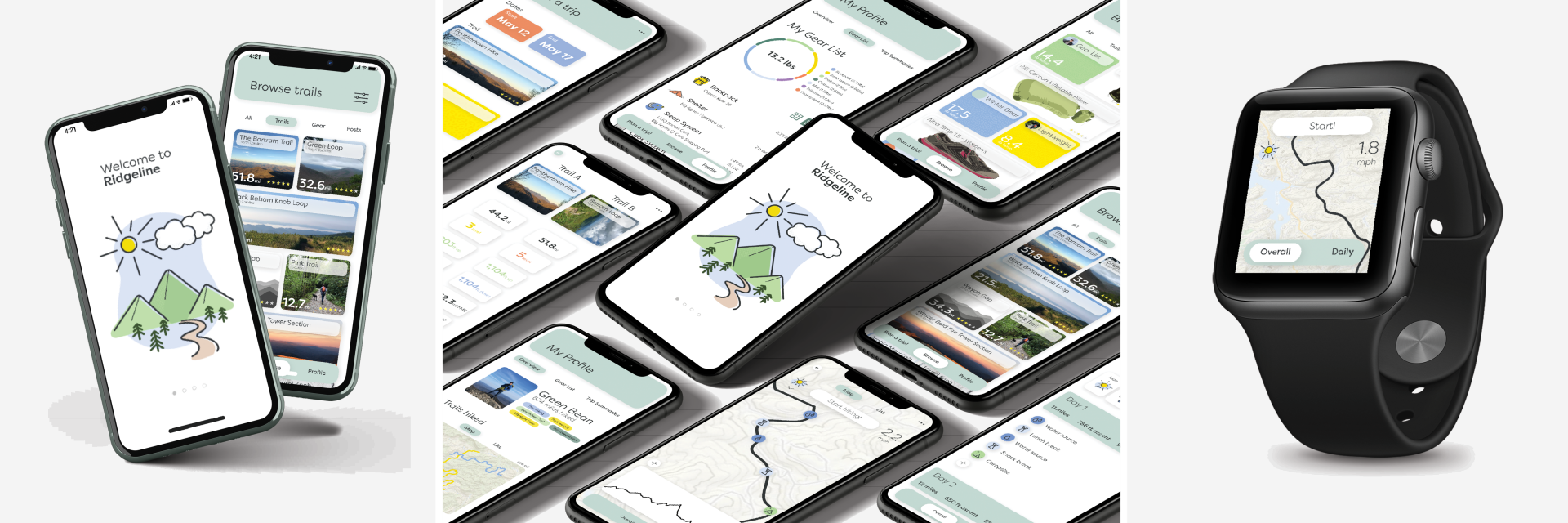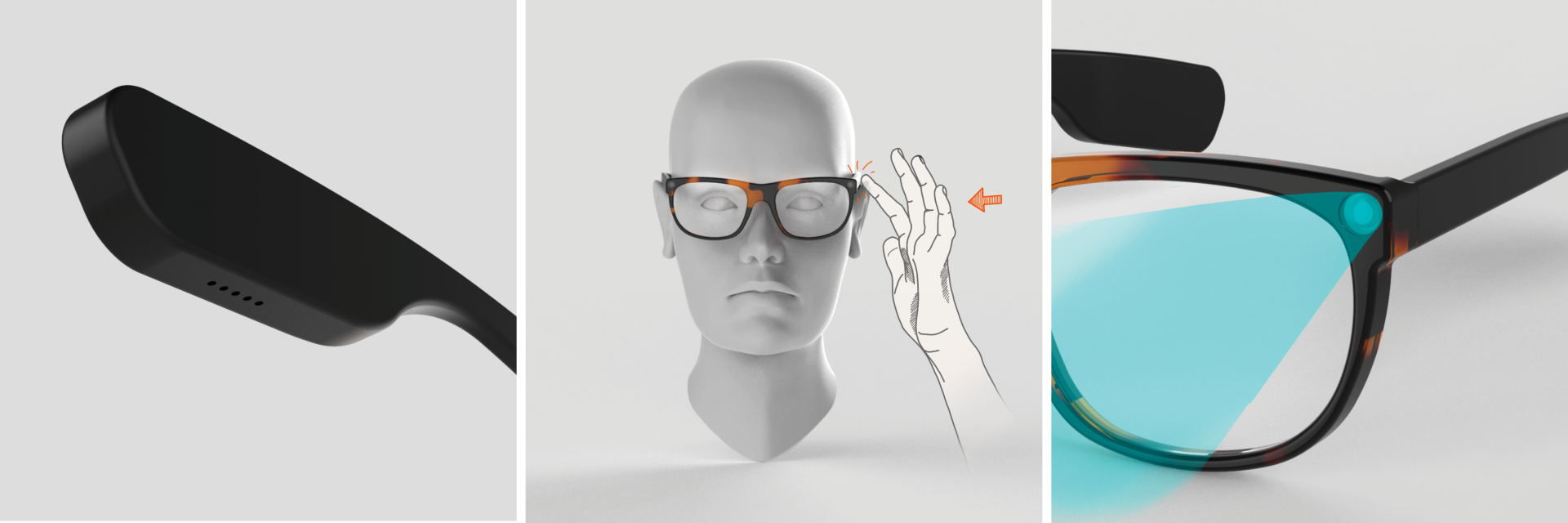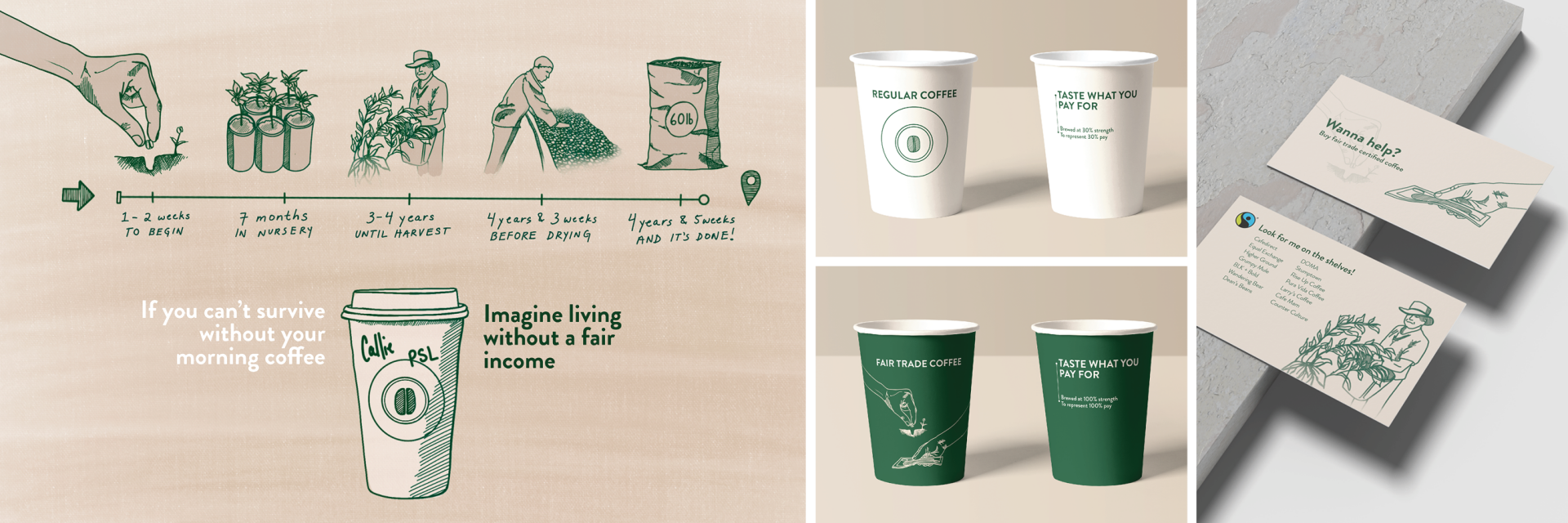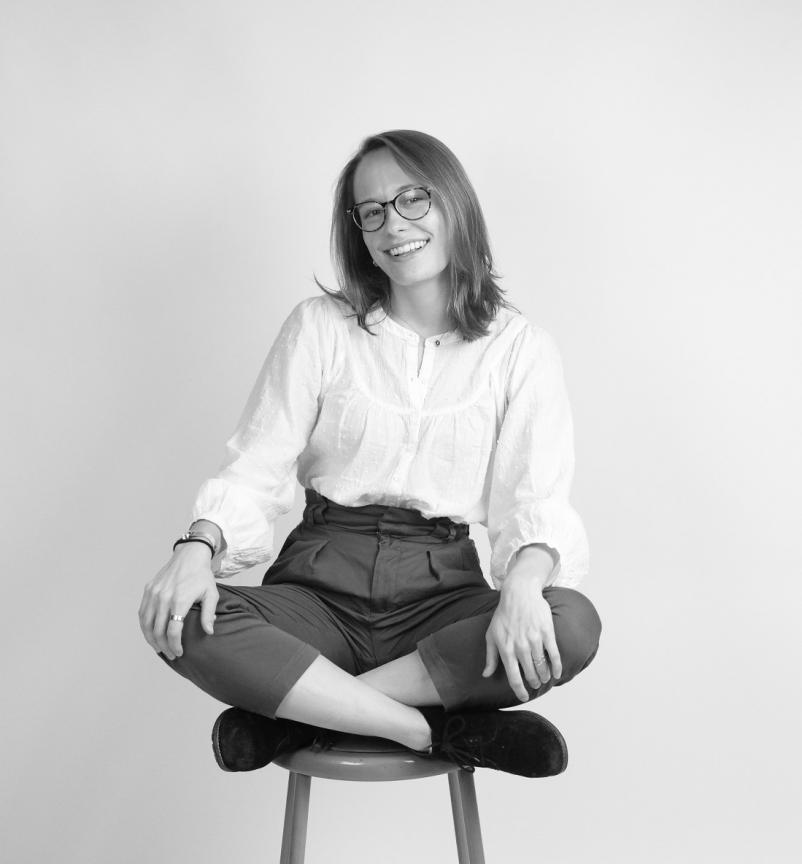
Ridgeline
Class: ID 3824 | Instructor: John White
Backpacking requires careful planning. From the trail, to the gear, to the parking, to the weather, there are a lot of factors to consider. Yet all the existing backpacking apps are centered around the actual act of hiking... but what about the planning? There exist many resources, such as blogs, videos, and people, to help you plan a hike. These are spread across platforms, making the planning process tedious and frustrating for the user. My solution? Ridgeline brings together the many aspects of research to a single app, providing a browse function for gear, trails, etc, allowing you to compare your favorites, and giving you the ability to plan your hikes down to the day. Ridgeline is an app not only amplifies the experience of hiking, but also streamlines the inspiration and planning phases, so you can get out on the trail that much sooner.

Smart Glasses
Class: ID 3824 | Instructor: John White
There exists a lot of technology that amplifies and augments the world around us: color sensors, object recognition, lidar/ar technology, etc. Yet blind people lack the resources to perceive the details of the world around them. With all this technology, is a walking cane really the best we can do? Inspired from the accessibility and descriptiveness of Apple's VoiceOver, I designed smart glasses that allow a blind person to "see" the objects, colors, people, and words in the world around them. With tiny cameras, a lidar sensor, bone conduction, and a small microphone, these glasses allow blind people to blend in to the world around them, yet gives them verbal annotations that allow them to find the bus stop sign, pick out the right box of cereal, and buy a shirt that complements their skin tone.

Fair Trade Coffee
Class: ID 4823 | Instructor: Lisa Babb
Everyone loves their morning cup of coffee. But did you know that coffee farmers struggle to make a living, despite coffee being the second largest traded commodity? Yet there is an organization called Fair Trade that is working to stop that. They certify brands who pay their farmers fairly and are working to reduce their environmental impact. Yet most consumers don't know about this, and therefore, do not consider it in their coffee purchases.
This project was focused on a linear process of design: research, plan, and create. Acting as a funnel, this process presented me with a problem and led me to a solution. Speaking of a solution, here was mine: I wanted to design a sensory experience that would allow consumers to actually taste the income inequity of regular coffee vs fair trade coffee. I designed a coffee tester stand that brews both coffees only using the beans that farmers are fairly paid for. The result? Regular coffee produces a watery cup, showing how little coffee farmers are paid for it. Fair Trade Coffee, on the other hand, produces a rich, dark cup, showing that coffee farmers are paid fairly for 100% of a Fair Trade cup of coffee.

The Library Lamp
Class: ID 2024 | Instructor: Lisa Marks
This project prompted us to choose a specific task, location, and purpose, and then design a lamp around those criteria. My lamp was designed as a reading lamp – something that could not only provide ample illumination, but also provide overhead light. These design criteria led to many of my design decisions, the first being the form. The lamp is in an arched form with a slender wooden base to allow it to slot under chairs, tables, and desks to provide overhead light for the user. The lampshade is meant to stretch and contract, depending on the user’s light diffusion preferences. The process of making this lamp taught me a lot about high fidelity prototyping. It is crafted of steel tubing and a walnut wood base, and creating this smooth transition from metal to wood 2/3 of the way down the lamp’s neck taught me a lot about detail oriented work. The lampshade is made of a mylar paper with reflective vinyl on the inside, then hand cut, folded, and glued to create its final form. I really enjoyed tackling a project that incorporated making something on a scale and fidelity that I had not previously built. I also enjoyed pushing the limits of the project beyond solely metalworking, into woodworking and even paper folding, while still staying true to the project brief.

Safe Shop
Class: ID 2024 | Instructor: Lisa Marks
The focus of this project was to design a wellness product for college aged students. My product is centered around the idea of wellness in communal makerspaces. Over the past 10-20 years, there have been vast improvements in the safety and upkeep of shops, but makerspaces have also become much more open to the public. We now have spaces like the Invention Studio, that are open to any students. With this comes a large influx of novice users, many unaware of the risks of a wood or metal shop. While obvious stimuli such as large chunks, very loud sounds, or pungent smells, may prompt a user to take certain safely precautions, they otherwise go by the wayside. In terms of air quality, the most dangerous particles in a wood shop are the ones you cannot see, and these particles are often carcinogenic. In terms of auditory safety, the maximum decibel value that is safe for our ears is around 70, while most machines range from 80-200dB. My product operates to quickly inform users on the proper safety gear they should be using as they enter the room. Sensors measure and average the parts per million and decibel levels of the room and display this information on a screen. The bins and dispensers I designed hold each individual type of safety gear, and based on the data collected, an LED ring around the designated bin will illuminate, letting the user know that that is the safety gear they should be using.

HOLD
Group Members: Jay Taylor, Ian Harmon, Maddie Hadd
Class: ID-2510 | Instructors: Sang-Won Leigh, Yaling Liu, Wei Wang
This was a group project where we worked to create a smart product for 5-10 years in the future. We decided to focus on food waste for people who grocery shop only for themselves. Many of our target users find it difficult to keep track of their food purchases, leftovers, and shelf time in the refrigerator. Our product aims to solve this problem by allowing the simple tracking of food with the click of a button. HOLD tupperware containters have an LCD screen on the front, and when the button is pressed, a timer begins and the screen displays how many days that item has been in the fridge. This large timer, along with transparent containers, allow the user to easily peruse the fridge and understand the status of their food. This information communicates with an app via arduino bluetooth, also allowing the user to check their food status while grocery shopping, and allowing them to set reminders to eat certain foods by a certain time.
